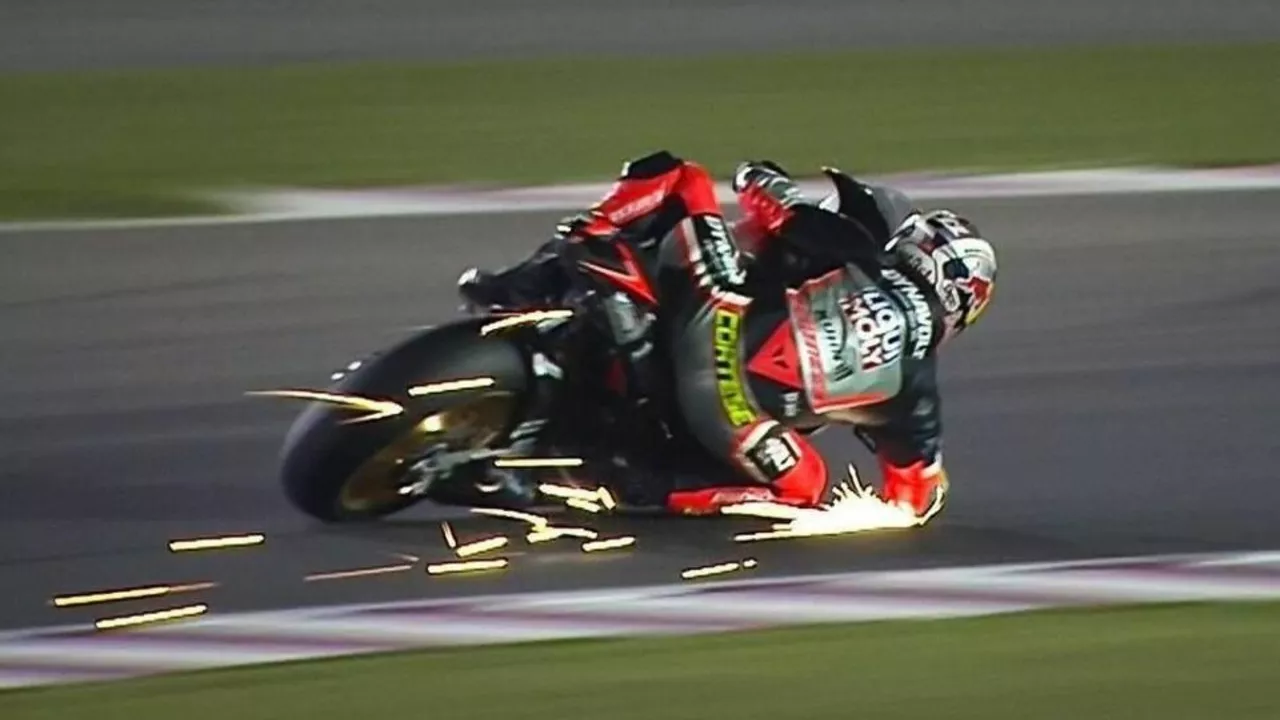Understanding the Concept of Slipstreaming
Before we dive into the specifics of slipstreaming in MotoGP, it's essential to first grasp the general concept. Slipstreaming, also known as drafting, is a technique used in many forms of racing, where a racer tucks in close behind another to take advantage of the reduced air resistance created in the wake of the leading vehicle. Simply put, it's like hitching a free ride on the front racer's hard work. It's a clever tactic that requires both skill and strategy, and it's a crucial part of MotoGP racing.
The Science Behind Slipstreaming
Now let's delve into the fascinating science behind slipstreaming. When a MotoGP motorcycle is racing at high speeds, it creates a wall of air in front of it and a vacuum behind it. When another racer moves into this vacuum, they experience less air resistance, allowing them to maintain high speeds while exerting less energy and fuel. It's a bit like running behind someone on a windy day; they bear the brunt of the wind, making it easier for you to run behind them.
How Slipstreaming is Employed in MotoGP
Now that we understand the theory, let's discuss how it's put into practice in MotoGP. The strategy of slipstreaming is often used in straight sections of the track where the motorcycles are at their top speed. A rider will tuck in directly behind another, taking advantage of the reduced air resistance to either keep pace or perform an overtake. It's a delicate dance that requires precise timing and execution. One wrong move and the rider could end up losing more than just a position in the race.
The Dangers and Challenges of Slipstreaming
Slipstreaming isn't without its dangers and challenges. Firstly, it requires a rider to get dangerously close to the motorcycle in front. One small error, and a crash could be inevitable. Secondly, the rider in front can manipulate the situation by suddenly changing their speed or direction, throwing off the slipstreaming rider. Lastly, while slipstreaming does conserve energy and fuel, it also means the following rider is operating in the leading rider's blind spot, which could lead to unexpected moves and reactions.
Notable Instances of Slipstreaming in MotoGP
Slipstreaming has led to some of the most thrilling moments in MotoGP history. There have been many instances where racers have used this technique to great effect, pulling off incredible overtakes and clinching victories that seemed impossible. We'll explore a few of these memorable moments, examining how the racers utilized slipstreaming to their advantage and the impact it had on the outcome of the race.
How to Master Slipstreaming in MotoGP
Mastering slipstreaming in MotoGP requires a combination of skill, timing, and a deep understanding of the race and your opponents. In this section, we'll provide some tips and advice on how to effectively use this technique, from positioning and timing to gauging your opponent's moves and planning your strategy accordingly.
The Impact of Slipstreaming on MotoGP
To wrap up our exploration of slipstreaming in MotoGP, let's discuss the impact this technique has had on the sport. Slipstreaming has fundamentally changed the way races are strategized and executed. It's introduced a new level of complexity and excitement, keeping fans on the edge of their seats as they watch racers jostle for position. But it's also sparked debates about safety and fairness, adding another layer to the ever-evolving world of MotoGP.
